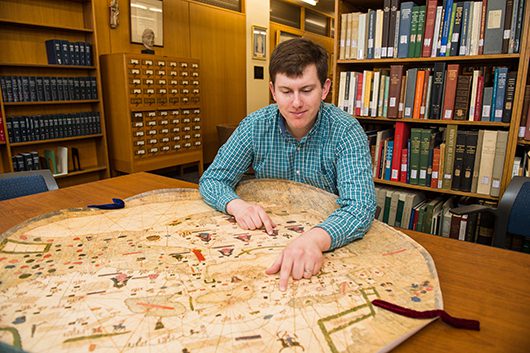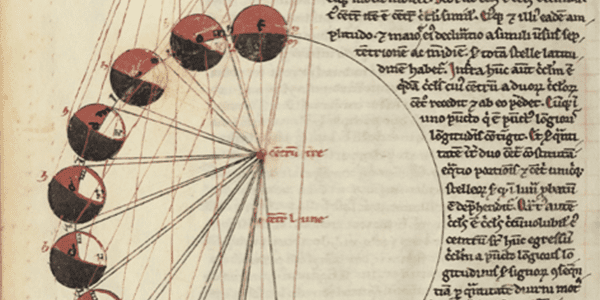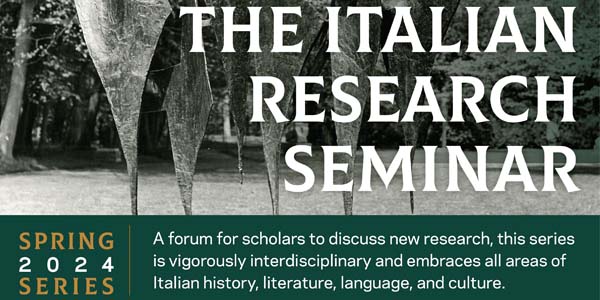New Light in Old Darkness

Why the Middle Ages matter more than ever
Imagine traveling to the vibrant port city of Alexandria, Egypt, in the year 1000. Perhaps you are a Muslim legal scholar making the pilgrimage to Mecca, or a Jewish physician serving in a royal court, or a Latin Christian merchant trading spices from Indonesia. If arriving by sea, you would sail into the city’s double harbor guided by the Pharos, a towering lighthouse built on an island. Historians believe it was the tallest structure in the ancient and medieval worlds, a marvel to behold. Over a millennium after the Greeks built it, the Pharos still stood, weathering the epochal changes of history.
As a visitor, you would observe the layers of that history reflected in the city’s architecture, economic activity and urban planning. Once the gateway to ancient Egypt, Alexandria had passed in the sixth century from Roman imperial rule to the Arab caliphate. Strategically situated along the Mediterranean coast, it flourished as a commercial hub linking the African and Eurasian continents. All three Peoples of the Book dwelt side by side in this center for philosophical, scientific and theological learning. Ornate mosques, churches and synagogues lined the city’s broad street grid.
Cities like Alexandria illustrate historian R.I. Moore’s dictum, “History begins with cities because cities change, and indeed create, their worlds.” Alexandria arose along a major waterway, the River Nile, where the population could easily source grain, gold and slaves from the surrounding regions. People who had previously lived off the land migrated to the city and organized themselves by trade and craft, creating social hierarchies governed by the wealthy and powerful, who often claimed religious authority. Yet even as the city grew, it remained vulnerable to famine, disease, natural catastrophes such as the earthquakes that eventually felled the Pharos, and the ravages of war.
What was true of urban environments and economies in the year 1000 remains familiar to us today. Moore argues that the city-based civilizations we inhabit emerged between 500 and 1500, the period we call the Middle Ages. Agricultural and commercial production intensified as cities spread, launching an urban revolution that would define this epoch of world history.
The Middle Ages matter because the structures of our modern world — including hospitals, representative assemblies and universities — took shape during this millennium. This is the pitch I made to my students at John Adams High School in South Bend this past spring. As the inaugural public humanities fellow at Notre Dame’s Medieval Institute, a position created in honor of the institute’s 75th anniversary, I taught a special elective course that introduced high schoolers to the interdisciplinary field of medieval studies.
To read the full article, please visit Notre Dame Magazine, where it was published on July 19, 2022. The article was written by Sister Annie Killian, O.P., who holds a doctorate in English literature from Yale University and is the public humanities postdoctoral fellow at Notre Dame’s Medieval Institute.
July 19, 2022



